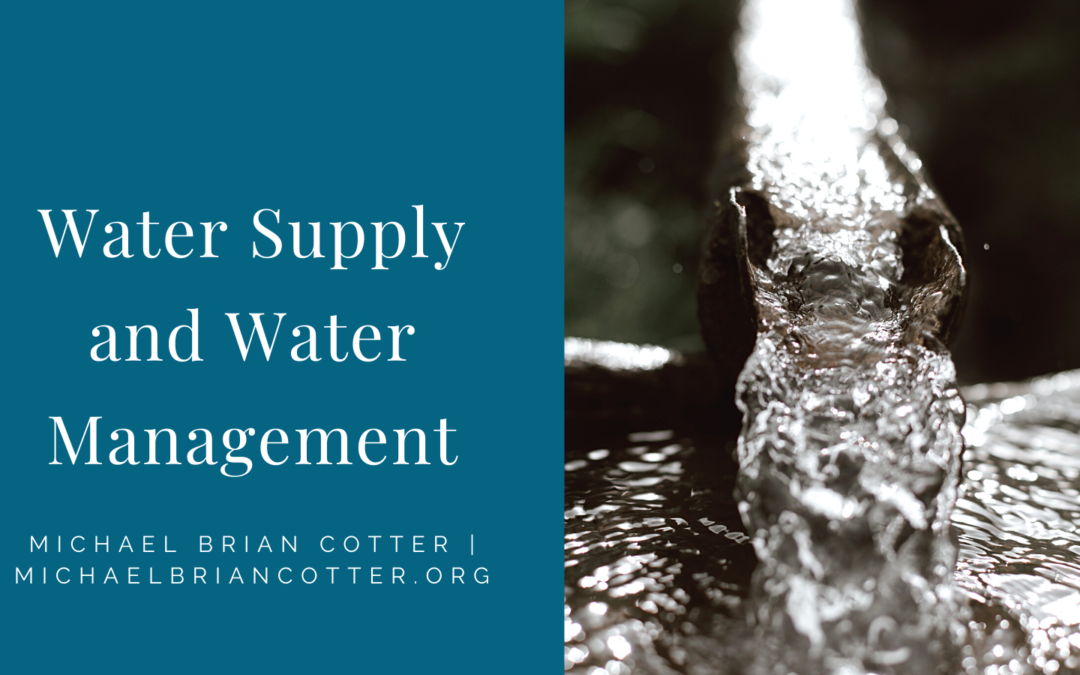Water is an absolute necessity in our lives. We depend on water for almost everything: drinking, cooking, baking, washing, cleaning wastes, and several other things. It’s not a secret that the Earth doesn’t function like it once did. It’s our job to address the current challenges in our world. There are a number of cycles that are being affected by climate change, but one of the most important ones is the water system eroding. Today, we’re going to be looking at an overview of the Earth’s water supply and its treatment.
Water Scarcity
Water scarcity in and of itself is one of the fastest-growing issues in the face of population-driven water demands. As a society, the amount of water that we use on a global scale has exceeded twice the amount of population growth. Because of this, underdeveloped countries have become susceptible to water scarcity. Water managers everywhere are not only looking at water scarcity, but they’re also looking at energy production and food security, as they all seem to be connected. The growing and transportation of food requires a significant amount of water and energy, and so forth.
Groundwater and Surface Water
However, there is an abundance of water on and under the Earth’s surface. Unfortunately, it’s not liquid freshwater. There’s an estimated 1.4 billion cubic km of water on the planet, but most of it comes from oceans or the frozen polar ice caps. Unfortunately, this leads to minerals being dissolved in the water, making it unsafe to drink or to use for industrial and agricultural purposes.
Luckily, surface water and groundwater are both shown to be important to large and small cities that use them as water sources. Unfortunately, a large amount of liquid freshwater occurs deep underground. While pumping is expensive, it keeps us from being able to use the groundwater resources.
The Water Cycle
The water cycle is in constant circulation, with the help of both sunlight and gravity. In school, we all learned this: Water is evaporated from the land and ocean, held as vapor in the atmosphere, and then falls back to the ground in precipitation. Water that passes through the Earth’s surface soon becomes groundwater, and it penetrates through layers of soil and rock known as aquifers. Gravity pulls the groundwater through the aquifer, where it emerges in the spring, eventually reaching the ocean, where it starts again.
Water Requirements
Water supply systems everywhere should have facilities that include storage, transmission, treatment, and water distribution. The size and design of the facilities depend on a number of factors. These include the quality of water, the needs of the user or consumer, and the quantities of water that need to be processed. Because water can easily dissolve other substances around them, it is necessary that you filter out the minerals and other substances that are dissolved in the water at that time. Whether it’s groundwater or surface water, there are several things that could be potentially harmful to people consuming it. When looking at the impurities in the water, public health is concerned with five main groups: organic chemicals, inorganic chemicals, turbidity (cloudiness from particles of silt, clay, and other substances), microorganisms, and radioactive substances.
These are just a few things to keep in mind when looking at water supply and treatment.
